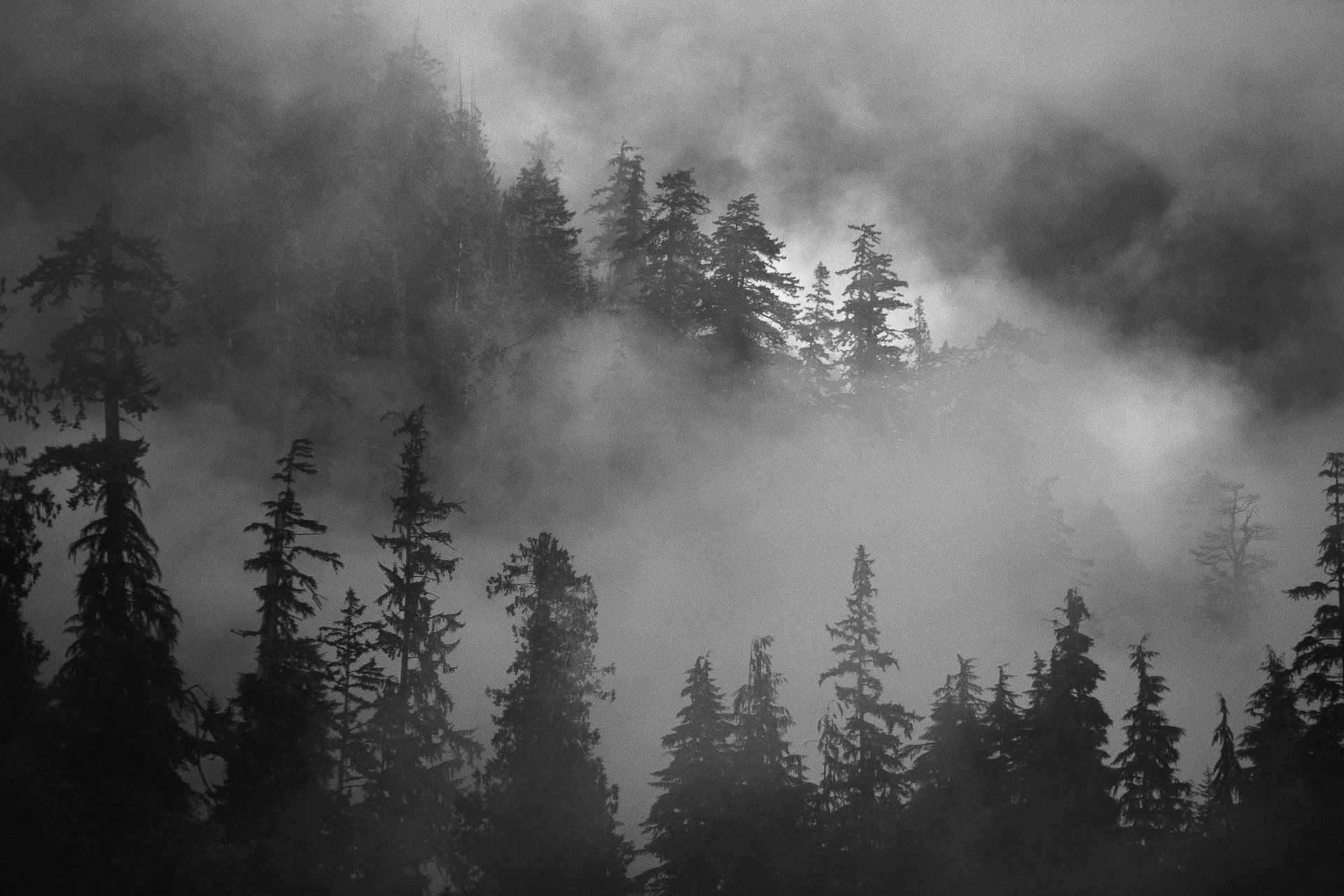Crafting Nostalgia in Horror: A Deep Dive
- Jay Whales

- Oct 14
- 4 min read
Let’s cut the crap and get straight to it. Nostalgia in horror isn’t just about dusting off old tropes or slapping on some retro filters. It’s a goddamn art form that, when done right, punches you in the gut with memories you didn’t even know you had. It’s about tapping into those nostalgic reflections that haunt us, the ones that make the past feel alive and twisted in the present. If you want to craft horror that sticks, that gnaws at your soul, you gotta understand how to wield nostalgia like a weapon, not a crutch.
Why Nostalgic Horror Storytelling Works Like a Charm
Nostalgia is a sneaky bastard. It lures you in with warm fuzzies and then flips the script, turning those comforting memories into something dark and unsettling. Think about it: your childhood cartoons, the creaky old house you grew up in, the smell of your grandma’s kitchen - all those things are loaded with emotional ammo. When horror taps into that, it’s like a mindfuck cocktail that’s hard to shake.
Here’s the deal: nostalgia hooks your brain’s emotional center. It makes you vulnerable. And horror? Horror loves vulnerability. It’s like a predator sniffing out weakness. When you mix the two, you get stories that don’t just scare you - they stick with you. They burrow under your skin and make you question what’s real and what’s just a memory gone wrong.
Examples That Nail Nostalgic Horror
Stranger Things - This show is basically a love letter to 80s kids, but it’s not just fan service. It uses the era’s pop culture and childhood fears to build a world that feels both familiar and terrifying.
It (Stephen King) - Pennywise isn’t just a clown; he’s the embodiment of childhood trauma and the dark corners of small-town life. King’s use of nostalgia makes the horror personal.
The Babadook - This one flips the script by using the nostalgia of children’s books and bedtime stories to create a monster that’s as much about grief as it is about fear.

How to Nail Nostalgic Horror Storytelling Without Being a Cliché
Look, nostalgia is a double-edged sword. Lean too hard on it, and you’re just recycling tired crap. But if you get it right, it’s pure gold. Here’s how to avoid the pitfalls and make your horror hit like a freight train.
1. Use Specific Details That Trigger Memories
Generic references won’t cut it. You need the little things - the smell of old books, the sound of a dial-up modem, the feel of worn-out sneakers. These details ground your story in a time and place that feels lived-in and real.
2. Twist the Familiar Into Something Unsettling
Don’t just recreate the past. Corrupt it. Take that cozy childhood memory and turn it into a nightmare. Maybe that beloved toy has eyes that follow you, or the friendly neighborhood park hides something sinister beneath the swings.
3. Play With Time and Perspective
Nostalgia isn’t linear. Memories are messy, fragmented, and often unreliable. Use flashbacks, unreliable narrators, or shifting timelines to mimic how we actually remember things. This adds layers of psychological horror.
4. Keep It Raw and Unfiltered
Forget polished prose and flowery language. Nostalgic horror thrives on authenticity. Use blunt, direct language that hits hard. Make your readers feel like they’re right there, sweating in the dark, heart pounding.
5. Don’t Be Afraid to Get Weird
Nostalgia can be surreal. Embrace the weirdness. Mix genres, throw in bizarre imagery, or use unconventional storytelling techniques. The more unpredictable, the better.

The Role of Setting in Nostalgic Horror Storytelling
If you want to make nostalgia work, your setting has to be more than just a backdrop. It’s a character in its own right. The right setting can amplify the eerie vibe and make your story unforgettable.
Small Towns and Suburbs
These places are gold mines for nostalgic horror. They’re where everyone knows your name, but also where secrets fester. The quiet streets, the creaky porches, the flickering streetlights - all perfect for hiding something rotten beneath the surface.
Abandoned Places
Old schools, shuttered amusement parks, forgotten basements - these spots scream nostalgia and decay. They’re reminders of better times, now twisted by neglect and darkness.
Childhood Homes
Nothing hits harder than the place you grew up. It’s loaded with memories, both good and bad. Turning your protagonist’s childhood home into a haunted hellscape is a classic move that never gets old.
Practical Tips for Setting
Use sensory details to bring the setting alive.
Show how the environment affects your characters emotionally.
Let the setting evolve with the story, reflecting the protagonist’s mental state.

Crafting Characters That Embody Nostalgic Horror
Characters are your emotional anchors. If your readers don’t care about them, your nostalgia angle falls flat. Here’s how to make characters that feel real and haunted by their past.
Flawed and Relatable
Nobody’s perfect, especially in horror. Give your characters flaws that tie into their past. Maybe they’re haunted by childhood trauma or guilt. These flaws make their encounters with horror more personal and intense.
Complex Relationships
Nostalgia is often about relationships - family, friends, lost loves. Use these connections to add depth. Show how the past shapes their interactions and fuels the horror.
Growth Through Horror
Let your characters evolve. Nostalgic horror isn’t just about looking back; it’s about confronting the past and surviving it. Show how the horror forces them to face their demons, literally and figuratively.
Dialogue That Feels Real
Keep it raw and unfiltered. Use slang, unfinished sentences, and interruptions. Make it sound like real people talking, not some polished script.
Wrapping It Up Without Being Boring
So, what’s the takeaway? Nostalgic horror storytelling isn’t about copying the past or playing it safe. It’s about digging deep into those nostalgic reflections that haunt us all and twisting them into something fresh, raw, and terrifying. It’s about being bold, unfiltered, and unapologetically weird.
If you want to stand out in the horror game, don’t just chase trends or recycle old ideas. Get personal. Get messy. Get real. Because at the end of the day, the best horror stories are the ones that make you feel something - even if it’s just the cold sweat of a memory gone wrong.
And hey, if you want to see how this all comes together in some seriously gripping, no-BS horror novels, check out nostalgic reflections. Jay Whales isn’t here to play nice. He’s here to shake you up and keep you hooked.
Now go write something that scares the hell out of you.































Comments